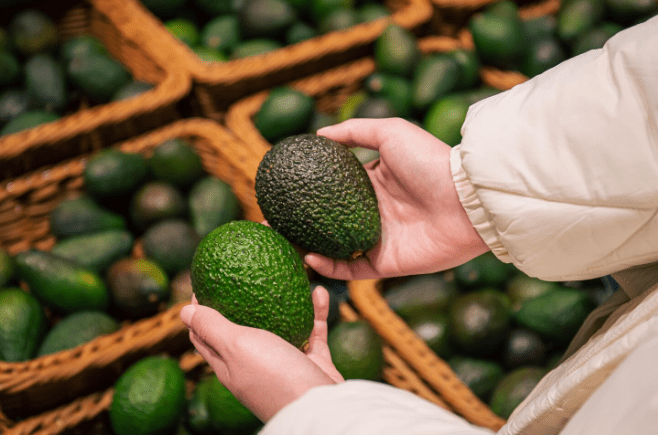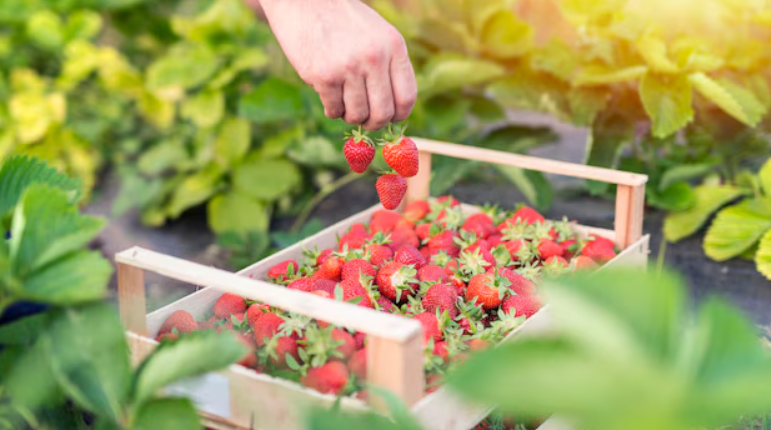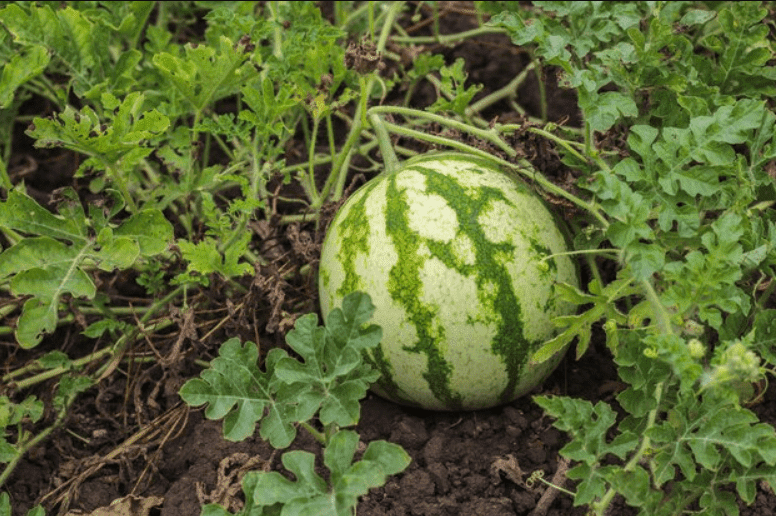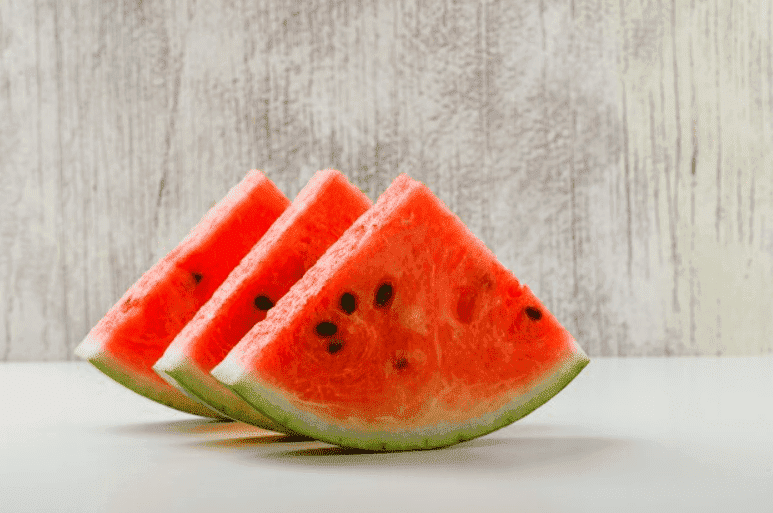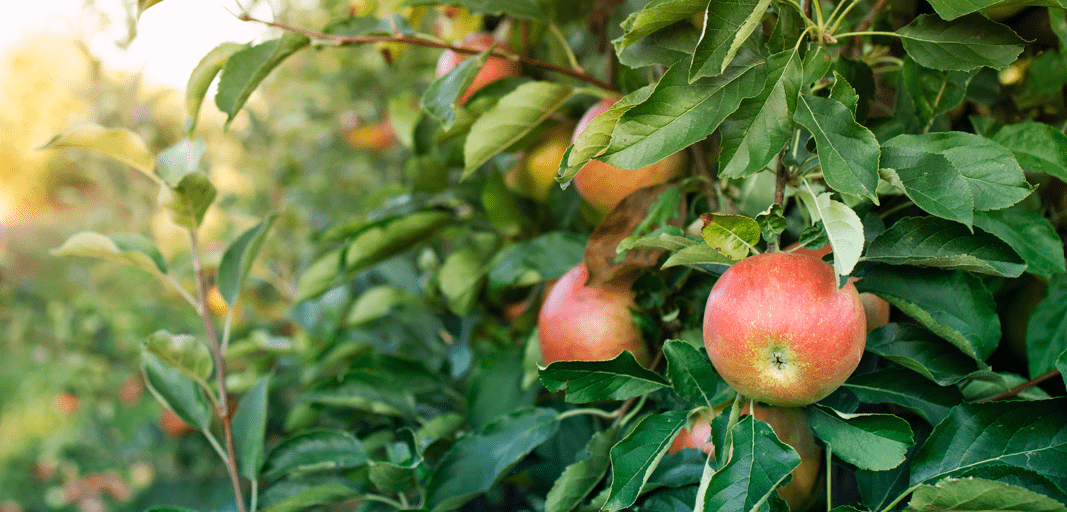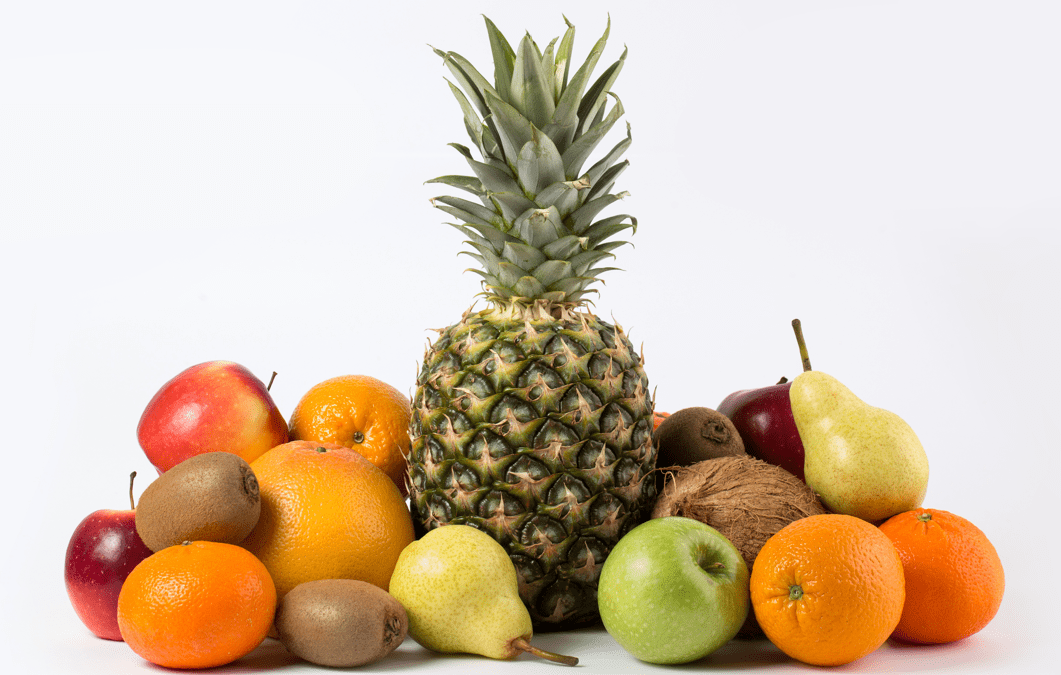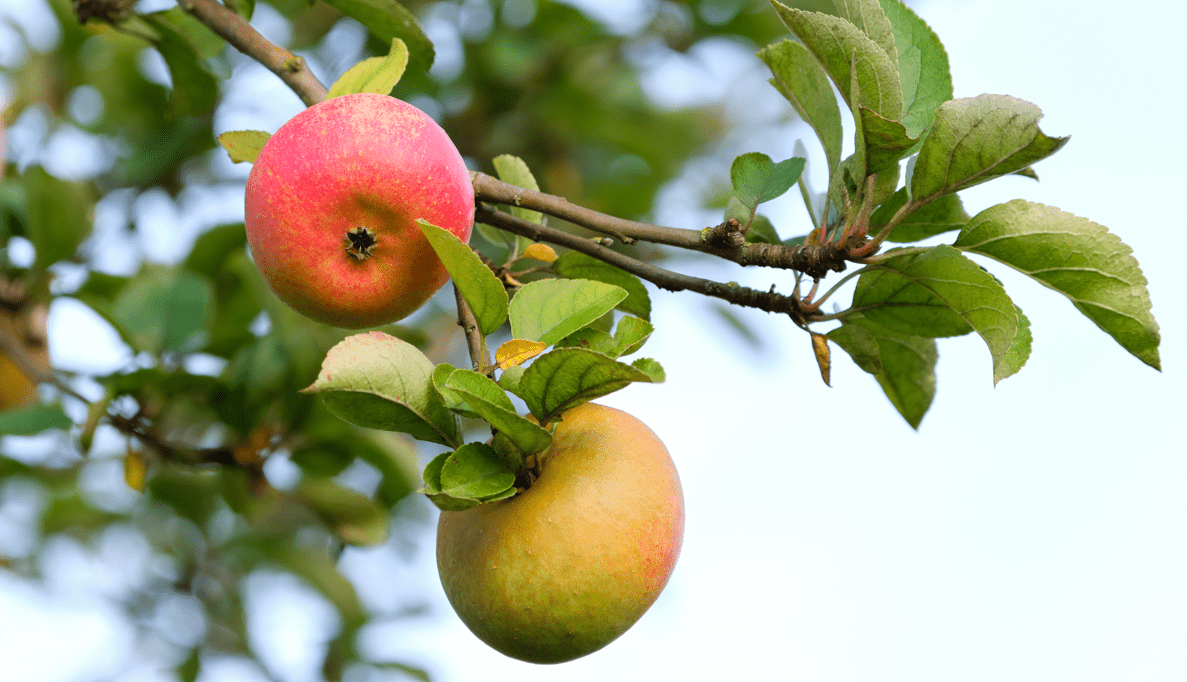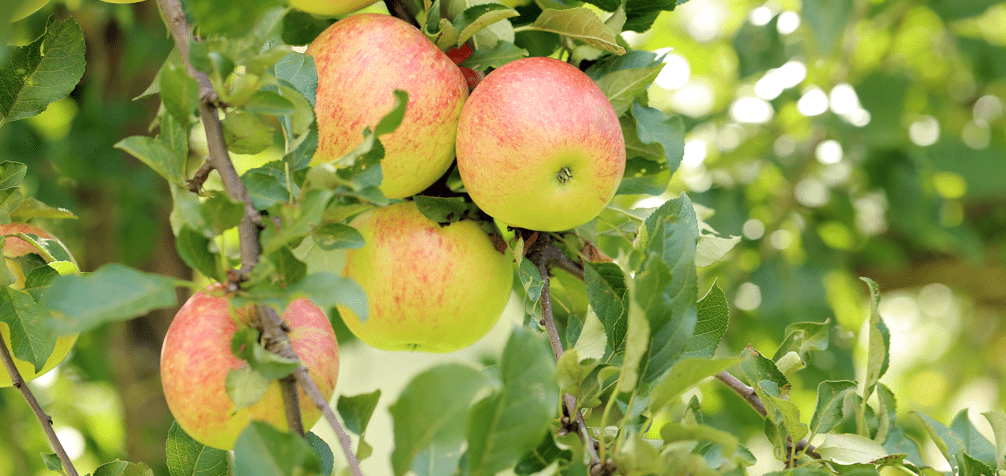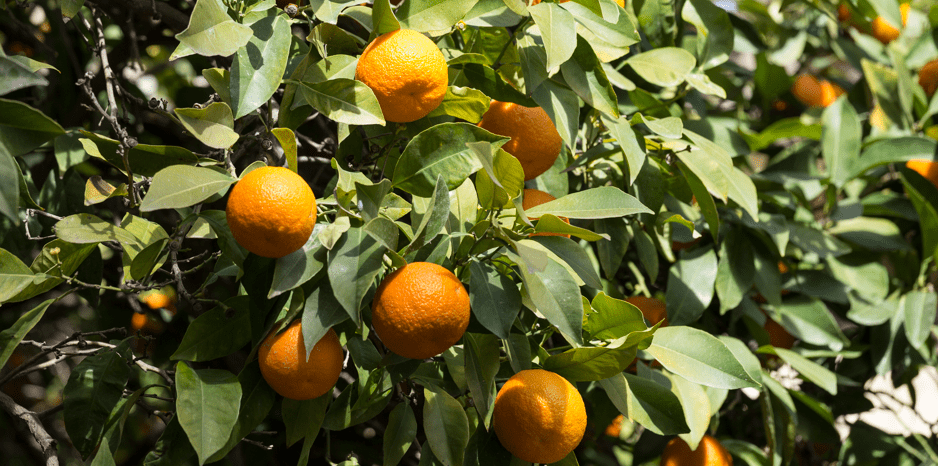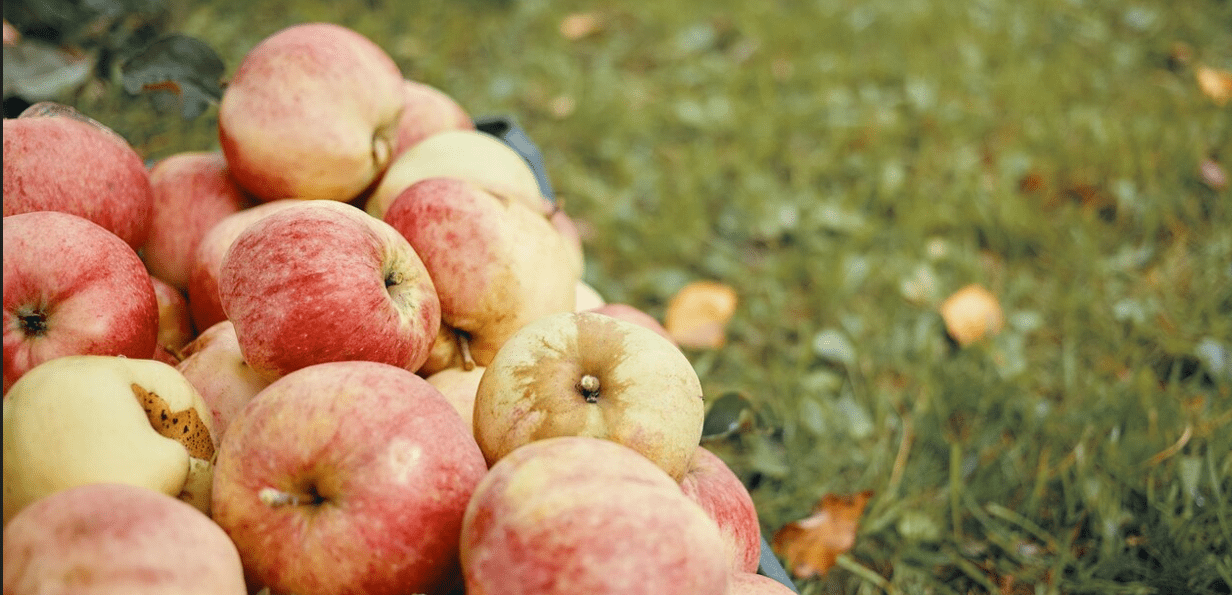Plenty of meals gain an instant flavor boost when you add nutrient-rich avocados. Whether you’re craving a fresh salad or mouthwatering avocado tacos, you’ll find endless recipe possibilities with this creamy fruit.
Instead of simply picking up a few avocados from the market, why not try growing your avocado tree from a single brown pit indoors? With a few easy steps and basics like water, toothpicks, and soil, you can start enjoying the beauty and benefits of this lush indoor plant.
Below, you’ll find our simple step-by-step instructions along with tips to help you grow and maintain your avocado plant. It’s also a great hands-on project for kids, especially those who love gardening activities!
Table of Contents
ToggleHow to Grow Avocados at Home
Avocados originate from Central America, which means they thrive in warmth, abundant sunlight, and consistent moisture. With their glossy evergreen leaves, they also make stunning houseplants. If you’re curious about how to grow avocados and enjoy a challenge, you can start one from seed using a supermarket-bought fruit. Plant the pit of an avocado in a pot filled with moist compost and wait for the first shoot to appear. While you might never harvest enough for homemade guacamole, you’ll still enjoy the gardening experience.
For those determined to grow fruit, choose a cold-hardy avocado variety better suited to your climate, as the common Hass from the supermarket usually delivers lush foliage but no fruit in cooler regions.
Keep in mind, every part of the avocado plant is highly toxic to horses.
How to Grow Avocados From Seeds
Avocado pits can be encouraged to sprout with warmth, moisture, and a humid environment. One of the most popular techniques is to insert four toothpicks into the pit and suspend it over a glass of water. Ensure the base of the seed stays in contact with the water. Keep it in a warm spot, and within about six weeks, roots should begin to emerge. Once germinated, transfer the seed to a pot filled with peat-free compost.
Another method is to place the pit on a sunny windowsill and pot it once it begins to crack open. You can also plant the seed directly in moist soil, water it well, and leave it in a warm, dark location to sprout. Check it regularly to make sure the soil never dries out. Once shoots develop, move the plant to a sunny position and maintain consistent watering.
Caring for Avocados
Once your avocado seedling is thriving, transfer it to a larger container to give the roots room to expand. When the plant reaches about 30 cm in height, trim it back to encourage fuller, bushier growth. Repot again when it’s well-established and you notice roots emerging from the drainage holes.
Avocados are sensitive to frost, so in cooler climates they’re best grown as houseplants or kept in a greenhouse. If you live in a mild, sheltered area, you can experiment with planting them outdoors or at least moving them outside during the warmer summer months.
Keep your avocado plant consistently watered, and during the growing season, provide a liquid plant feed every two weeks. In ideal conditions, avocado trees may take up to ten years to produce fruit.
While many avocado varieties are self-fertile, if your plant does bloom, you may need to hand-pollinate the flowers to improve the chances of fruit development.
Tips for Growing an Avocado Tree Outdoors
Since avocados are tropical plants, they can be planted directly in the ground in USDA Zones 10–12—areas where frost is not a concern. They thrive in fertile, well-drained soil, full sun, and moderate to high humidity. For best results, plant them between March and June.
When planting, allow plenty of space, especially if you’re growing more than one tree, because under ideal conditions, avocado trees can grow 40–80 feet tall and spread as much as 20 feet wide. Their roots are shallow, mostly confined to the top six inches of soil, so mulching with a coarse material is essential to protect and retain soil moisture.
After planting, water the tree thoroughly two to three times a week, allowing the soil to dry slightly between waterings for healthy root development.
Harvesting and Storing
If your avocado tree rewards you with fruit, harvest it once it reaches full size, but allow it to ripen for a couple of weeks in a warm, dry spot. Once ripe, you can store avocados in the refrigerator for several weeks without losing quality.
Troubleshooting
When growing avocados indoors or in a greenhouse, keep an eye out for common glasshouse pests like red spider mites, whiteflies, mealybugs, and thrips, and treat them promptly.
Also, be cautious with watering—excess moisture can cause root rot.

